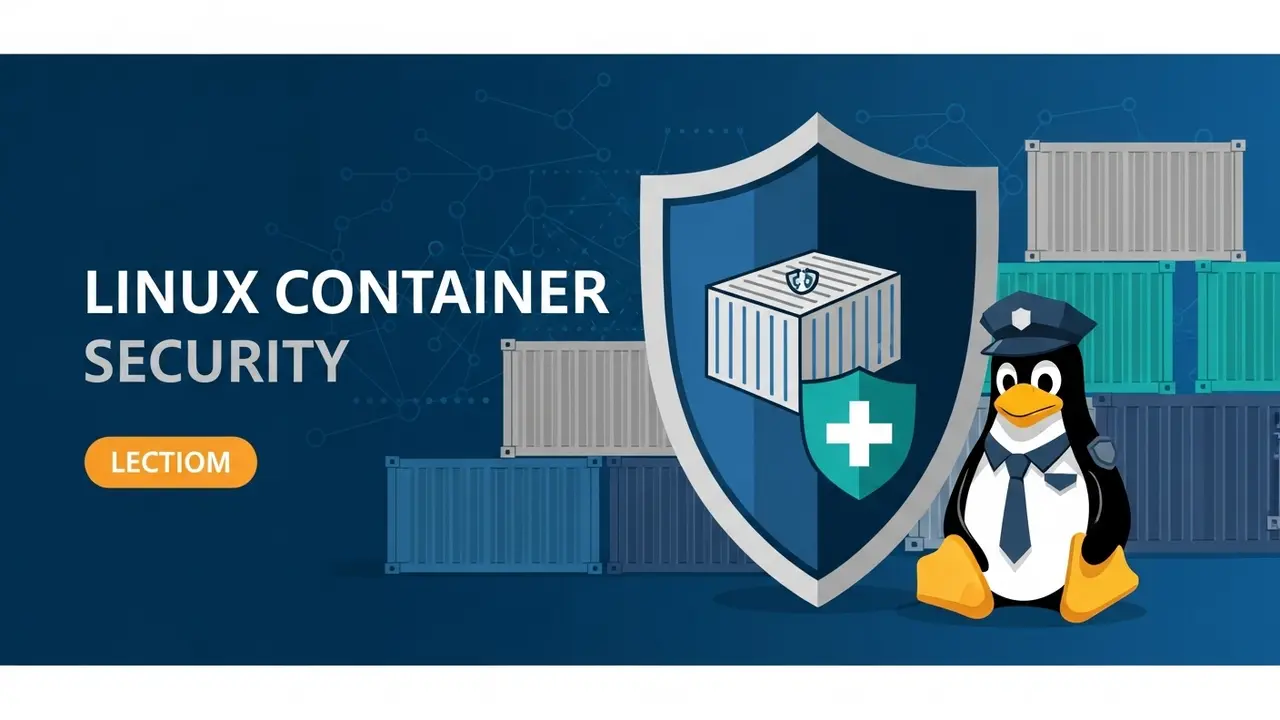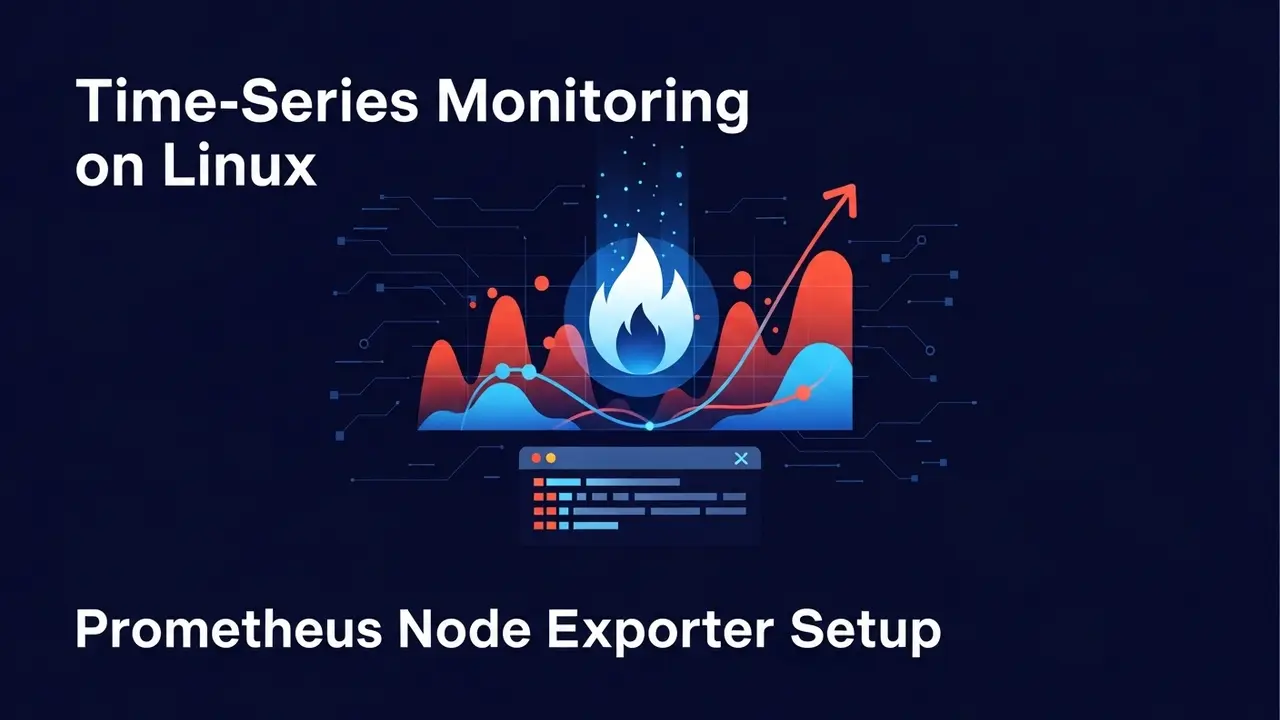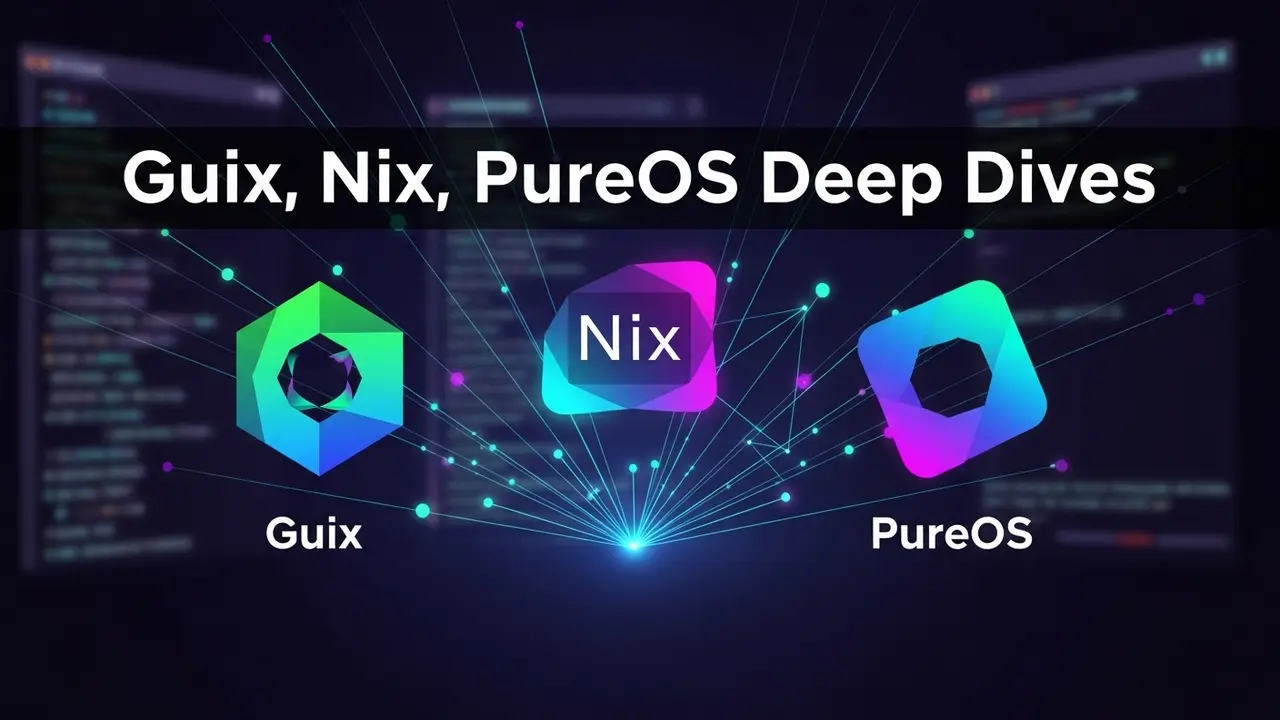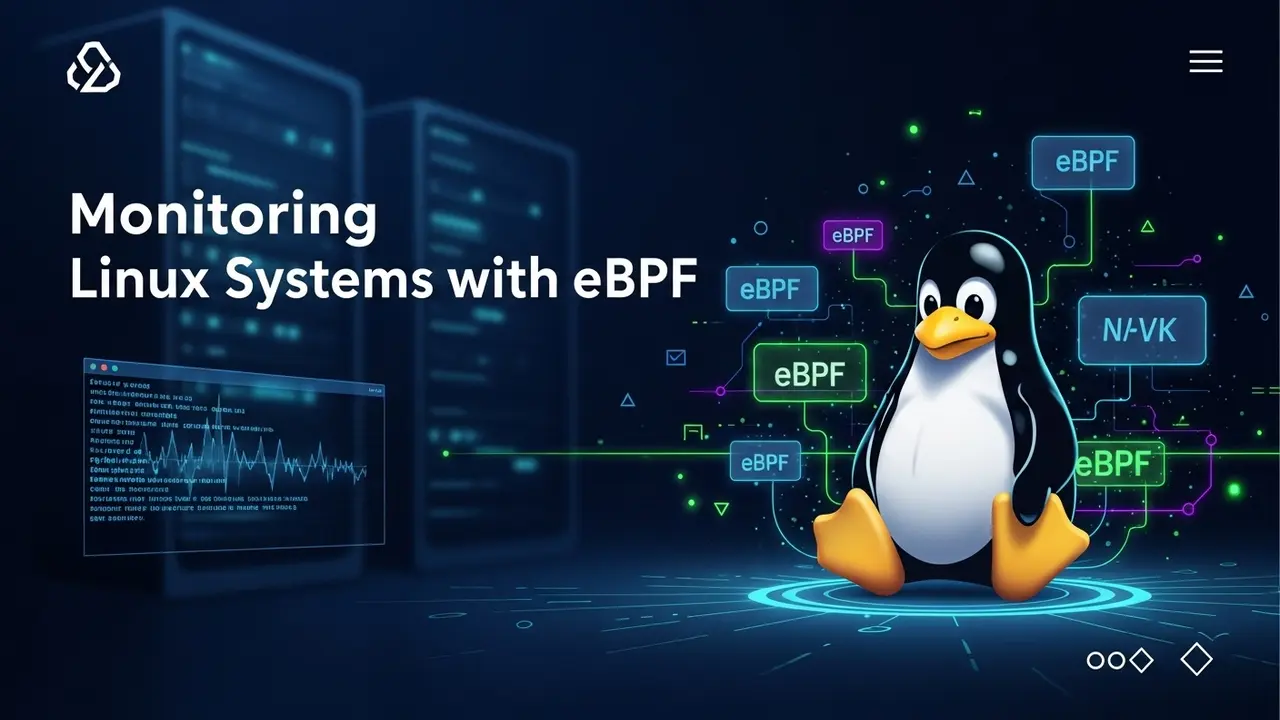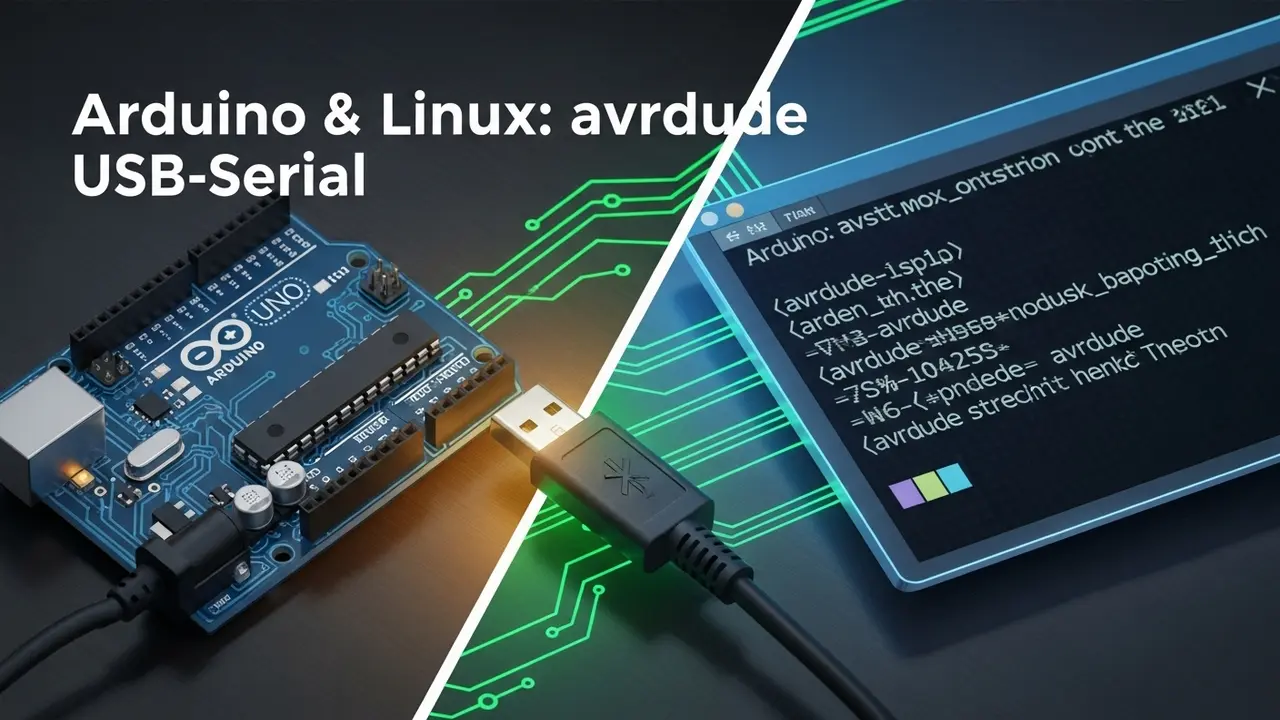Containers + HIPAA: The One Thing You Can’t Ignore in 2025
Picture this.
You just shipped a new health-tracking feature.
Everything works.
Then the phone rings.
A security researcher found unencrypted patient data in a container log.
One call turns into a 90-day HHS audit.
Boom—$1.5 million fine and a headline your PR team can’t spin.
Scary?
It happened to a clinic in Ohio last month.
Their container was only four lines of YAML away from safety.
Let’s make sure it doesn’t happen to you.
Why Containers Trip People Up
Containers feel light and fast.
That’s the problem.
They move so quickly we forget they still run on Linux.
And Linux still needs locks on the doors.
Three quick stats that keep me up at night:
- 82 % of new healthcare apps live inside containers.
- 35 % of 2024 HIPAA fines traced back to container or cloud misconfigurations.
- Average breach cost: $10.93 million—enough to shut most clinics down.
My “Oops” Moment
Two summers ago I spun up a demo diabetes app for a hackathon.
Used the default Ubuntu image.
Forgot to delete the compiler tools.
Someone popped a shell through an old gcc library.
Luckily it was fake data.
Real lesson learned: the base image is the front door.
Here’s the lock I use now.
Step-by-Step: Lock Down Your Containers
1. Start With a Tiny, Clean Image
Big images = big attack surface.
I swap Ubuntu for Alpine or distroless.
They’re usually under 10 MB and ship with almost nothing extra.
Tools I run in CI:
trivy image my-app:latest– catches CVEs before prod.cosign sign– proves my image wasn’t swapped.
2. Make the Container Read-Only at Runtime
One flag: --read-only.
Stops attackers from dropping new files.
If the app needs a temp folder, mount a small tmpfs volume.
Problem solved.
3. Encrypt Everything Twice
Once in transit.
Once at rest.
TLS between services is table stakes.
For secrets I use HashiCorp Vault or Sealed Secrets.
No more plain-text passwords floating around.
4. Zero-Trust Networking
Old thinking: “Inside the firewall = safe.”
New rule: every packet is guilty until proven innocent.
I lock pods with Kubernetes NetworkPolicy.
A database pod can only talk to the API pod.
Nothing else.
If a rogue container pops up, it can’t reach PHI.
5. Automate the Boring Compliance Stuff
I schedule nightly scans with Chef InSpec.
It checks 150+ CIS rules and emails me a one-page PDF.
If a rule fails, the pipeline blocks the next deploy.
No heroics required.
6. Train the Humans
Tools are only half the story.
Every new dev on my team shadows our “break-the-app” Friday.
We hand them a purposely vulnerable container and say,
“Find the PHI leak.”
Five rounds in, they start spotting flaws in code reviews.
Quick Wins You Can Do Today
- Open your Dockerfile. Delete any
RUN apt-get installlines you don’t absolutely need. - Add
trivyto your GitHub Actions—takes five minutes. - Turn on audit logging in your cluster and ship logs to a cheap S3 bucket. Six-year retention = HIPAA happy.
Still Stuck?
I keep a starter repo with working YAML, CI jobs, and InSpec profiles.
Clone it, swap in your app name, and you’re 80 % done.
Remember: the fine is real.
The fix is simple.
Choose the fix.
